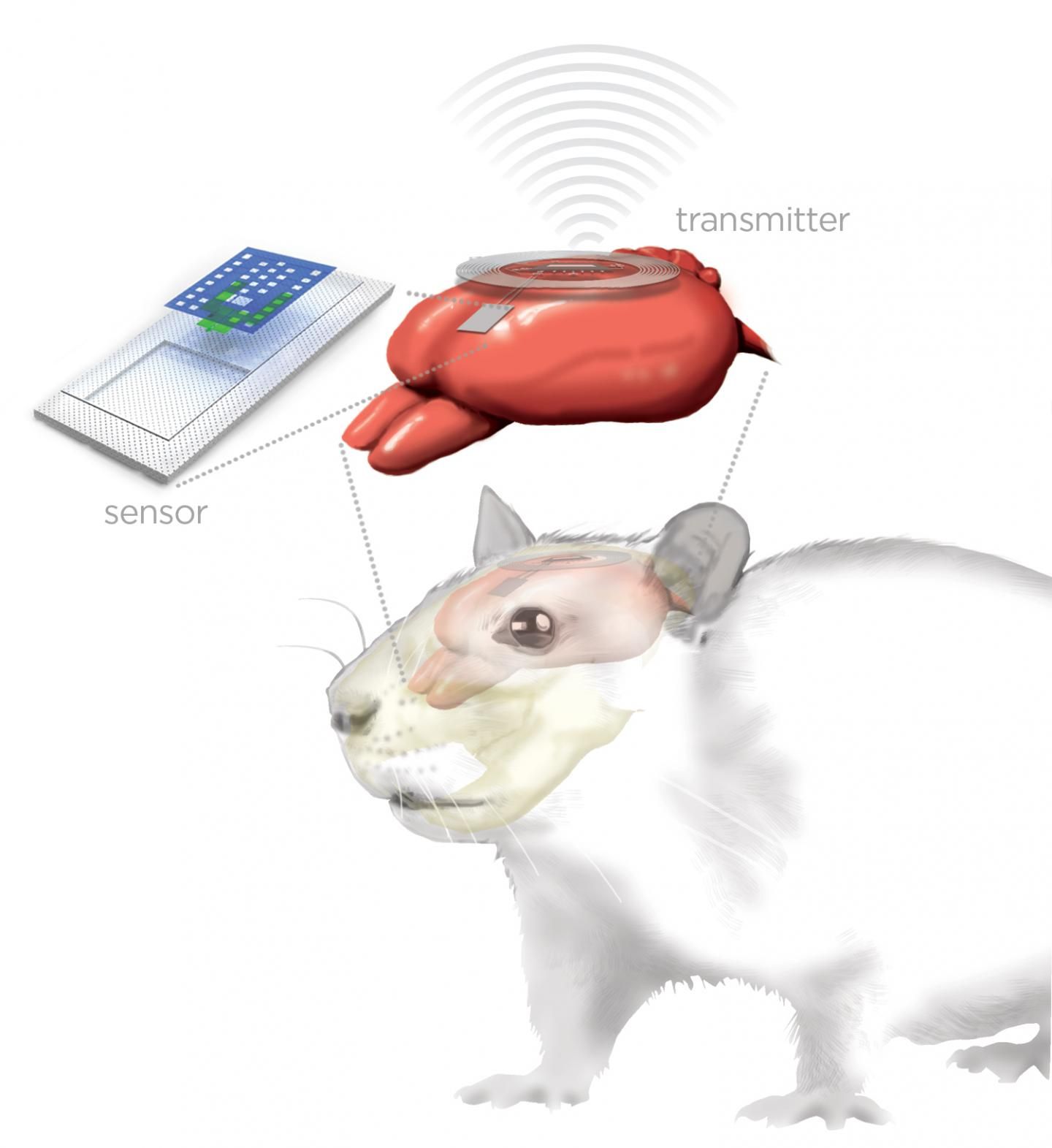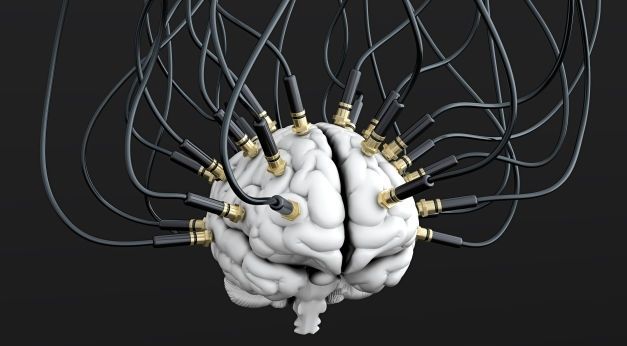UK researchers have developed nanoscale robots that can potentially replicate the traditional factory assembly line, except on a tiny, tiny scale.
WARNING: Graphic picture. Dr Sergio Canavero says he carried out the surgery on the monkey “without any neurological injury of whatever kind”
Water Repellent Metal
Posted in futurism
Very interesting; the key to Netflix expansion into China is “AI”.
Netflix, Inc. NFLX CEO yesterday provided some updates regarding the company’s expansion into China and his vision of using artificial intelligence technologies for growth at the ongoing DLD Conference in Munich.
CEO Reed Hastings stated that “It may be soon that we have a license in China, or it may take a couple years, but we’re going to be very patient.” Netflix recently expanded to over 190 countries across the globe but it has not been able to enter China. It has been in talks with the Chinese government and other partners like Wasu Media Holding Co. to enter the online video market over there.
China with a population of over 1.3 billion and a growing middle class would be an important market for Netflix. According to a recent iResearch report (Dec 2015), the online video market in China was worth approximately $1.3 billion (8.29 billion Yuan) in the second quarter of 2015, marking an increase of 34.7% year over year and 24.6% on a sequential basis.
Interesting article about nanoswitches and how this technology enables the self-assembly of molecules. This actually does help progress many efforts such as molecular memory devices, photovoltaics, gas sensors, light emission, etc. However, I see the potential use in nanobot technology as it relates to future alignment mappings with the brain.
Molecular nanoswitch: calculated adsorption geometry of porphine adsorbed at copper bridge site (credit: Moritz Müller et al./J. Chem. Phys.)
Technical University of Munich (TUM) researchers have simulated a self-assembling molecular nanoswitch in a supercomputer study.
As with other current research in bottom-up self-assembly nanoscale techniques, the goal is to further miniaturize electronic devices, overcoming the physical limits of currently used top-down procedures such as photolithography.
Another interesting find from KurzweilAI.
Artist’s rendering of bioresorbable implanted brain sensor (top left) connected via biodegradable wires to external wireless transmitter (ring, top right) for monitoring a rat’s brain (red) (credit: Graphic by Julie McMahon)
Researchers at University of Illinois at Urbana-Champaign and Washington University School of Medicine in St. Louis have developed a new class of small, thin electronic sensors that can monitor temperature and pressure within the skull — crucial health parameters after a brain injury or surgery — then melt away when they are no longer needed, eliminating the need for additional surgery to remove the monitors and reducing the risk of infection and hemorrhage.
Similar sensors could be adapted for postoperative monitoring in other body systems as well, the researchers say.
It’s been a weird day for weird science. Not long after researchers claimed victory in performing a head transplant on a monkey, the US military’s blue-sky R&D agency announced a completely insane plan to build a chip that would enable the human brain to communicate directly with computers. What is this weird, surreal future?
It’s all real, believe it or not. Or at least DARPA desperately wants it to be. The first wireless brain-to-computer interface actually popped up a few years ago, and DARPA’s worked on various brain chip projects over the years. But there are shortcomings to existing technology: According to today’s announcement, current brain-computer interfaces are akin to “two supercomputers trying to talk to each other using an old 300-baud modem.” They just aren’t fast enough for truly transformative neurological applications, like restoring vision to a blind person. This would ostensibly involve connect a camera that can transmit visual information directly to the brain, and the implant would translate the data into neural language.
To accomplish this magnificent feat, DARPA is launching a new program called Neural Engineering System Design (NESD) that stands to squeeze some characteristically bonkers innovation out of the science community. In a press release, the agency describes what’s undoubtedly the closest thing to a Johnny Mneumonic plot-line you’ve ever seen in real life. It reads:
A new DARPA program aims to develop an implantable neural interface able to provide unprecedented signal resolution and data-transfer bandwidth between the human brain and the digital world. The interface would serve as a translator, converting between the electrochemical language used by neurons in the brain and the ones and zeros that constitute the language of information technology. The goal is to achieve this communications link in a biocompatible device no larger than one cubic centimeter in size, roughly the volume of two nickels stacked back to back.
The program, Neural Engineering System Design (NESD), stands to dramatically enhance research capabilities in neurotechnology and provide a foundation for new therapies.
“Today’s best brain-computer interface systems are like two supercomputers trying to talk to each other using an old 300-baud modem,” said Phillip Alvelda, the NESD program manager. “Imagine what will become possible when we upgrade our tools to really open the channel between the human brain and modern electronics.”
Could Apple leveraged Q-Dots for their Li-Fi that produced connection speeds of 224 GBs?
Code that refers to Li-Fi, a technology that uses light to transmit data, has been found in iOS 9.1, hinting at Apple’s interest.
This totally makes sense to me. Whenever, you’re monitoring any type of patterns for collective reasoning or predictive analysis such measuring what voters clap to or respond positively to as well as build out your entire campaign strategy and speeches; AI is your go to solution. So, AI is a must have tool for politicians who strategically plan to win in future elections. No more need for a campaign manager like Karl Rove, etc.
Political speeches are often written for politicians by trusted aides and confidantes. Could an AI algorithm do as well?








